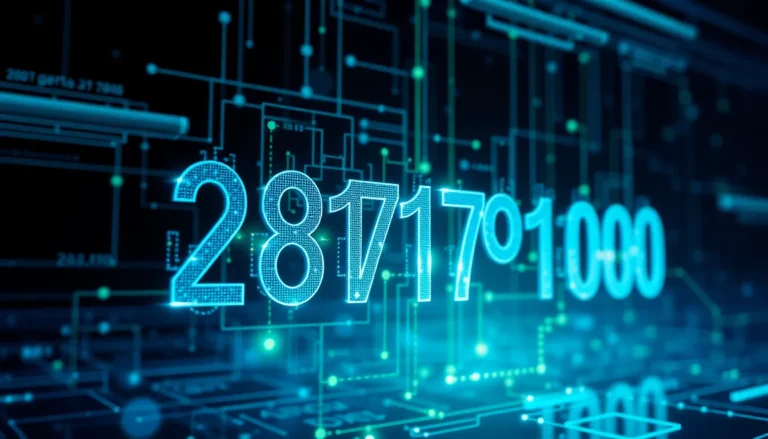You might think calling a phone number is as simple as knowing the digits, but wait. What about that mysterious area code at the beginning? Grab your phones and prepare to be amazed, because understanding the area code 6292368066 holds far more significance than just being a few random numbers. This article will unpack how area codes function, their importance in communication, and even how they have evolved over time. If you’ve ever felt confused dialing long-distance or wondered how these codes came to be, you’re in for a treat.
Table of Contents
ToggleUnderstanding the Importance of Area Codes

What Is an Area Code?
An area code is a three-digit number that represents a specific geographic area of the country. It allows for easier organization of phone numbers and helps route calls accurately. Without them, dialing would resemble playing a game of chance, no one would know where their call might land.
The Geographic Significance of Area Codes
Consider area codes as the postal codes of telecommunication. They help identify where a call is coming from or going to, managing the flow of communication over vast distances. For instance, the area code for New York City is 212, while Los Angeles uses 213. This system aids not just individuals making personal calls, but also businesses trying to stake their claim in a specific market.
The Structure of Phone Numbers
Components of a Phone Number
Every phone number follows a structure that includes the area code, followed by a seven-digit number known as the local number. The standard format typically looks like this: (XXX) XXX-XXXX, where ‘XXX’ represents the area code. Understanding this structure is critical for dialing without a hitch.
How Area Codes Are Assigned
Area codes are allocated based on population density and projected growth. The North American Numbering Plan (NANP) governs this assignment, ensuring that every region has enough area codes to cater to its communication needs. It’s a meticulous process, influenced by factors such as migration trends and the emergence of new technologies.
The Evolution of Area Codes
Historical Context of Area Codes
The concept of area codes was introduced in 1947 to ease the rising demand for phone lines. Back then, just a handful of area codes existed. The first was 201, which served New Jersey. As time passed, the number of area codes grew to accommodate the telecommunications boom, reflecting changing demographics and tech advancements.
Recent Changes and Developments
Fast forward to contemporary times, the introduction of new area codes is more frequent. The advent of smartphones and VoIP technology has vastly changed the landscape. Plus, some areas have seen overlay systems where a new code is established without eliminating the original one, making them coexist like old friends at a reunion.
The Role of Area Codes in Communication
How Area Codes Affect Businesses and Consumers
For businesses, having a local area code can significantly enhance customer trust. It signals to potential clients that the business understands the community’s needs. On the flip side, consumers often feel more secure calling local numbers. The area code so acts as an invisible handshake, providing a sense of familiarity in an otherwise digital world.
Regional Dialing Patterns and Trends
Every area code has its unique dialing habits. Certain regions might prefer texting over calling, while others may find it essential to maintain phone conversations. Also, millennials and Gen Z favor digital channels, which has affected how businesses carry out area codes. The adaptation of phone numbers has become vital for staying relevant.



